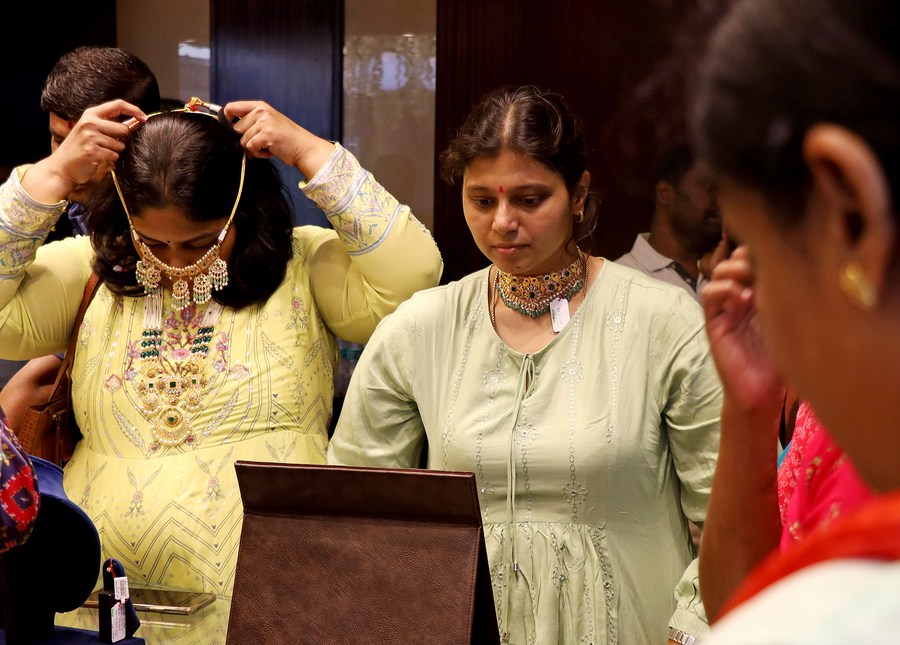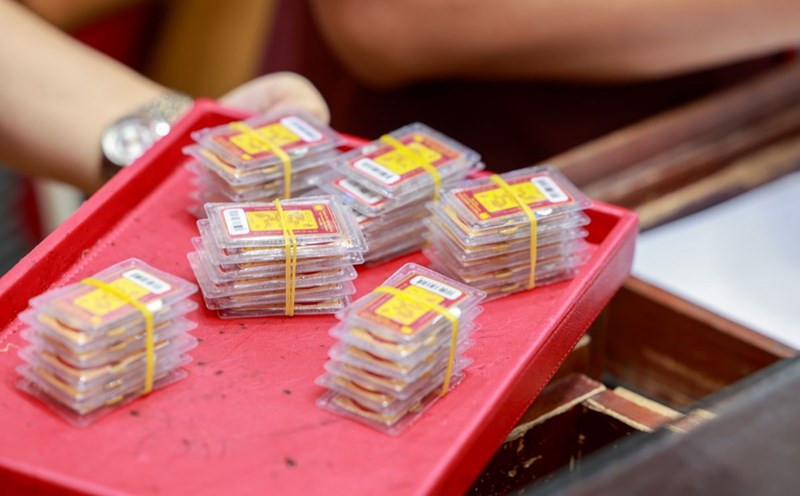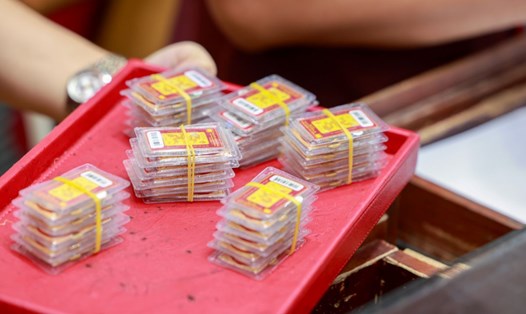In South Asian countries such as India, Pakistan, Bangladesh, Sri Lanka, gold jewelry - necklaces, earrings, nose rings, hairpins - always has profound value not only aesthetically but also economically and culturally. Since childhood, many girls have been given gold on wedding occasions, giving birth or traditional holidays.
Now, as global gold prices climb to record highs, millions of South Asian women see this as the time to awaken their assets. However, they rarely sell gold but often keep it as a financial reserve, which can be mortgaged, borrowed or used as collateral in times of difficulty.
According to experts, gold prices have increased sharply in recent times, largely due to the new US trade policy and expectations that the Federal Reserve (Fed) will soon lower interest rates, causing investors to seek gold as a "safe haven".
In 2025, gold has hit new records many times, bringing great advantages to those who hold a lot of gold - most of whom are women in South Asia.

Another reason why women in this region won big is because gold is often the only asset they have the right to own independently, not tied to their husbands or families. This is what makes them tend to hold gold for a long time as personal financial insurance.
In many Western countries, jewelry stores have also recorded a sharp increase in the number of South Asian customers, especially in the US and UK. Many people bring old jewelry to recycle, refine or redesign to both suit modern fashion trends and maintain accumulated value.
An expert from the World Gold Council commented: Gold is not just a safe haven. For South Asian women, it is a symbol of cultural identity, of financial independence and the most sustainable asset protection channel for many generations.
However, converting gold jewelry into cash still faces obstacles - from taxes, processing fees, refinement costs to pricing differences between stores. Therefore, many people still choose to keep gold for as long as possible, or sell it in small portions when really necessary.
In the context of continued global economic instability, the image of South Asian women carefully preserving, refreshing or reusing their gold items not only shows the traditional savings habit, but also demonstrates the strength of financial steadfastness and knowledge that has existed for thousands of years in this culture.











